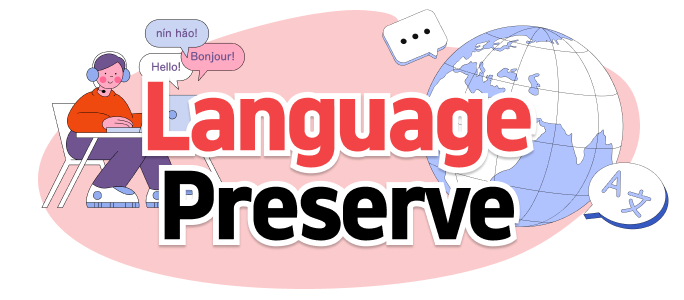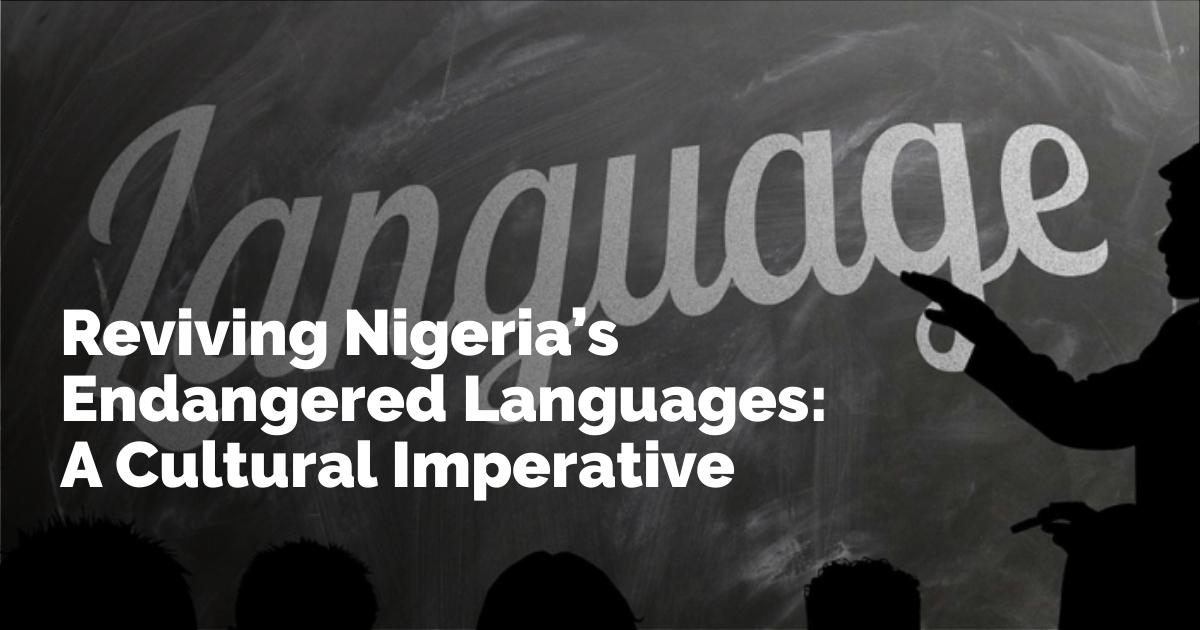Saving Endangered Nigerian Languages: A Cultural and Linguistic Imperative
The alarming disclosure that 29 Nigerian languages face the threat of extinction has sparked a crucial conversation about the necessity for governmental intervention. Among these endangered languages, Njerep and Ichen are perilously close to disappearing. In recognition of this, Prof. Chinwe Anunobi, National Librarian and CEO of the National Library of Nigeria, shared her concerns during the 2025 International Mother Language Day celebration in Abuja. This event, themed "Silver Jubilee Celebration of International Mother Language Day," highlighted the urgency to preserve linguistic diversity.
The Significance of Mother Tongue
In 1999, UNESCO designated February 21 as International Mother Language Day, underscoring the importance of preserving mother tongues in shaping national identity, culture, and development. Similarly, the UN declared 2022-2032 as the International Decade of Indigenous Languages, emphasizing the need to protect and promote linguistic heritage globally. Anunobi's call for collective efforts to revitalize endangered Nigerian languages resonates with these international initiatives.
Nigeria's Linguistic Diversity
Boasting linguistic diversity with over 565 native languages, Nigeria stands as one of the most diverse nations linguistically. These languages fall into three major African language clusters: Niger-Congo, Afroasiatic, and Nilo-Saharan. Hausa, Igbo, and Yoruba dominate, comprising over 60% of indigenous language speakers. In addition, languages such as Ibibio, Fulfulde, Kanuri, Tiv, and Urhobo maintain a considerable speaker base.
Despite English serving as Nigeria's official language, it is less prevalent in rural areas, where educational levels tend to be lower. Instead, Nigerian Pidgin English, with an impressive 60 million speakers, serves as the country's de facto lingua franca, illustrating the blend of local and colonial linguistic influences.
The Cultural Role of Language
Every language, regardless of the size of its speaker base, plays a vital role in cultural transmission. Preserving languages, particularly those under threat, is essential for maintaining cultural continuity. A language serves as a vessel for communicating and safeguarding a people's cultural values, beliefs, and customs. The loss of a language equates to the depletion of cultural heritage, an irreplaceable deficit.
Drivers of Language Endangerment
Languages can succumb to a myriad of factors: political, economic, academic pressures, and globalization among them. As speakers gravitate towards more prestigious languages, they may slowly abandon their mother tongues. Migration often results in adopting the language of the new locale, further contributing to language decline. Additionally, natural disasters and climate change can facilitate the dilution of minority languages, particularly when displaced communities adopt more dominant tongues.
The phenomenon of bilingualism can also lead to language erosion, as generations become fluent in a dominant language at the expense of proficiency in their native one. Addressing these challenges requires strategic government intervention and proactive measures to support linguistic diversity.
The Role of Education and Culture Ministries
In combating language extinction, the education and culture ministries must champion the cause of minority languages. Incorporating these languages into educational programs is crucial. Bilingual education programs should be widely implemented, providing students the opportunity to learn in both dominant and minority languages, helping bridge cultural divides.
Documentation as a Preservation Tool
Documentation is a powerful tool for preserving languages. Government initiatives to record endangered languages through audio, text, and video will create invaluable archives. This process not only safeguards languages but also propels cultural awareness and informs policy-making. Engaging communities in recording their stories, songs, and folklore offers further preservation opportunities.
Immersion Programs and Community Engagement
Creating environments where minority languages thrive is essential. Immersion programs, distinct from regular school curricula, should focus on minority language use. Such initiatives encourage both children and adults to re-engage with their linguistic heritage, while dedicated classes enhance language proficiency and confidence.
Community engagement plays a pivotal role in language revitalization. Encouraging children to converse and play in endangered languages reinforces linguistic bonds. Moreover, radio and television programs in these languages can bolster visibility and usage. Research initiatives aimed at understanding and developing endangered languages must be prioritized.
Digital Archives and Government Support
The development of digital archives is paramount. Government agencies should spearhead efforts to compile comprehensive collections of the endangered languages. Audio recordings, texts, and videos form the backbone of this initiative, ensuring accessibility for future generations.
These efforts must culminate in a steadfast commitment by the government and citizens alike. Embedding language preservation into the national ethos, encouraging pride in linguistic diversity, and promoting cultural education are vital steps toward safeguarding Nigeria's rich linguistic heritage. Above all, allowing these endangered languages to fade would mean losing a vital piece of Nigeria's cultural mosaic.
출처 : Original Source

